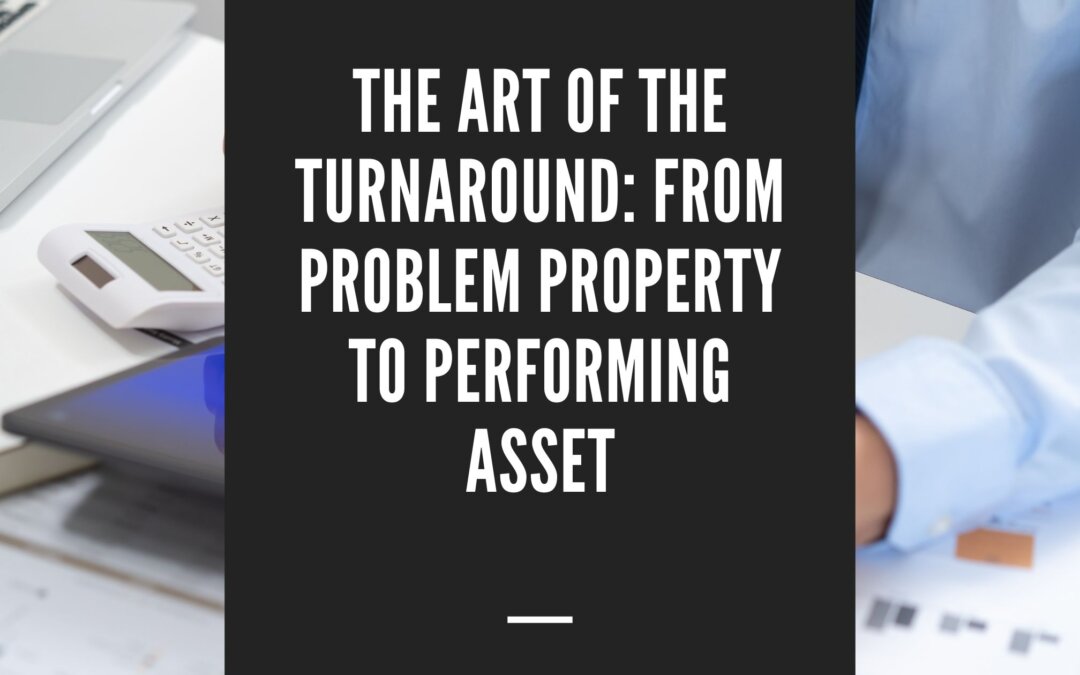The real money in distressed real estate is made at the acquisition — but it’s the turnaround that unlocks that potential.
A successful repositioning effort can dramatically increase a property’s income, value, and stability. But it requires a plan, a budget, and disciplined execution.
Start with stabilization. Focus first on the issues that impact safety and revenue: leaks, roof damage, broken lighting, inadequate signage, or security concerns. Quick fixes like landscaping and exterior paint can dramatically improve perception and draw interest from prospective tenants.
Next, analyze the current management structure. Many distressed assets are underperforming not because of location or physical problems but due to poor operational control. In some cases, simply replacing a property manager, implementing better tenant communication, or introducing digital rent collection tools can dramatically improve revenue and efficiency.
Rebranding is often underestimated. Giving the property a new name, website, signage, and marketing approach communicates that the asset is under new management. This can change community perception and attract higher-quality tenants or customers.
From there, develop a rental strategy. Are the current rents below market? Are there opportunities to introduce new income streams such as parking fees, storage, or service upgrades? Start small – gradual, justifiable increases tied to improvements are more acceptable to tenants.
Another critical component is budgeting. A turnaround without a solid financial plan is a recipe for stress and delays. Create a capex plan that covers all necessary repairs and upgrades and includes a contingency reserve of at least 10–15%. Monitor expenses rigorously and ensure vendors are properly vetted and insured.
Track performance using KPIs like occupancy rate, NOI growth, cost per lease, and tenant satisfaction scores. These metrics will tell you if your strategy is working – or needs to pivot.
Timeline is also crucial. Turnarounds often take 12–24 months to execute fully. Be realistic about phasing, approvals, construction, and lease-up time. Patience, paired with persistence, yields the best results.
Finally, document every improvement. Whether you plan to refinance, sell, or hold, creating a paper trail of renovations, increased income, and operational upgrades will support your valuation and tell a strong story to lenders or future buyers.
When executed properly, the turnaround process doesn’t just fix a property – it transforms it into a high-performing, income-generating asset with long-term value. For hands-on investors, it’s one of the most powerful strategies in distressed real estate.
